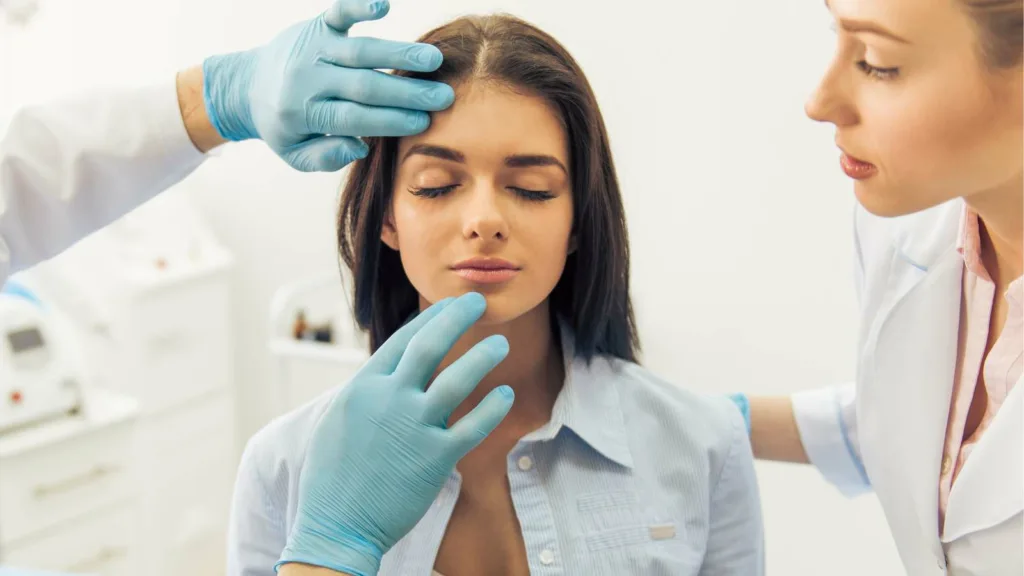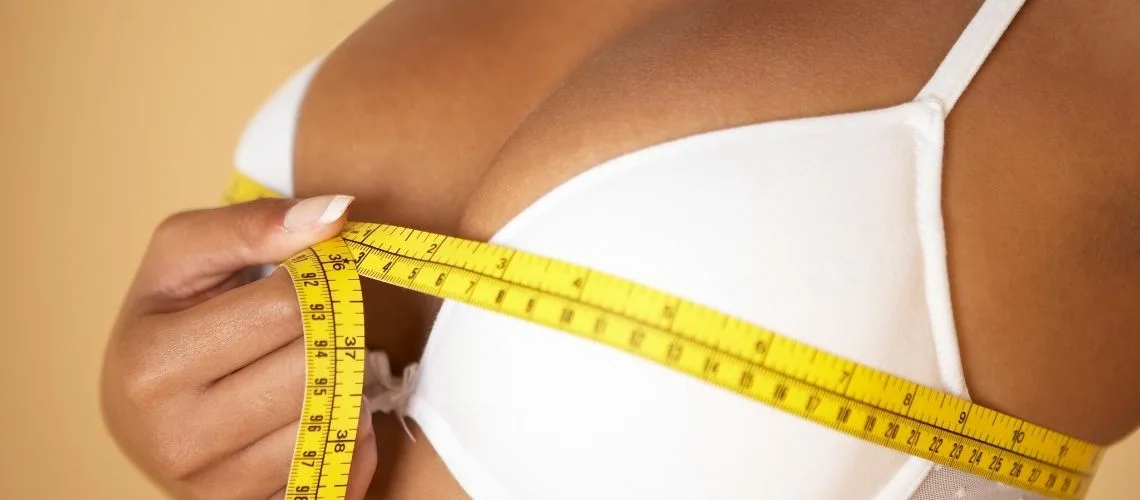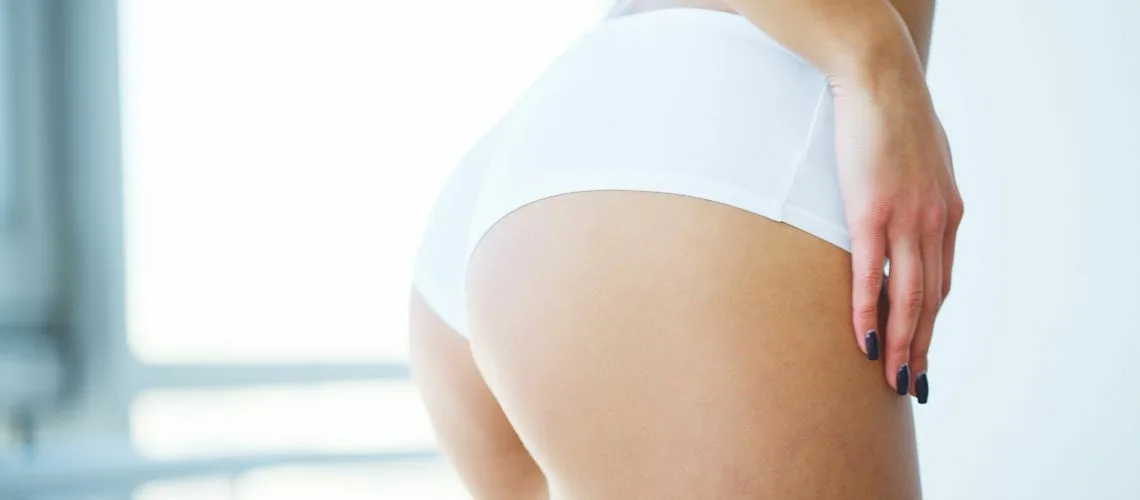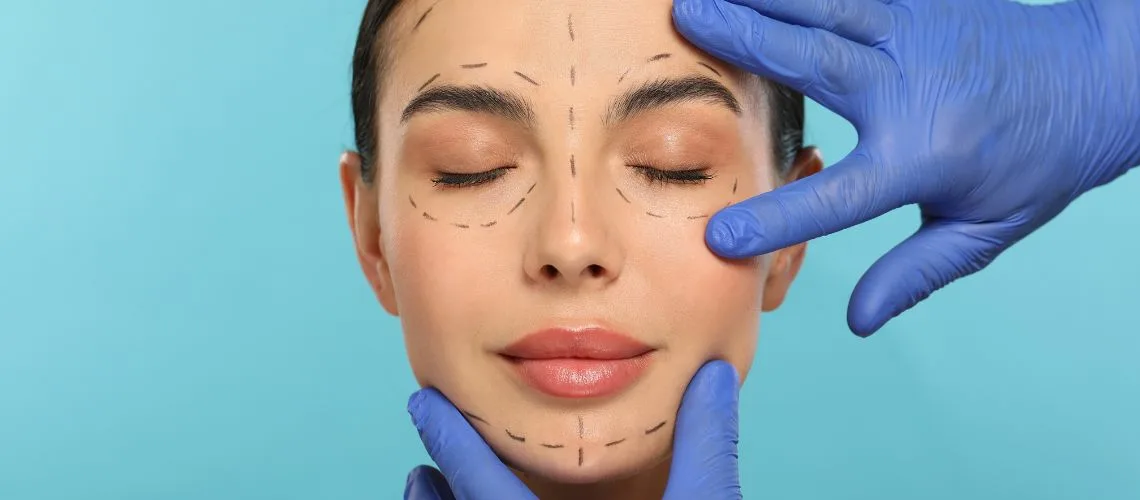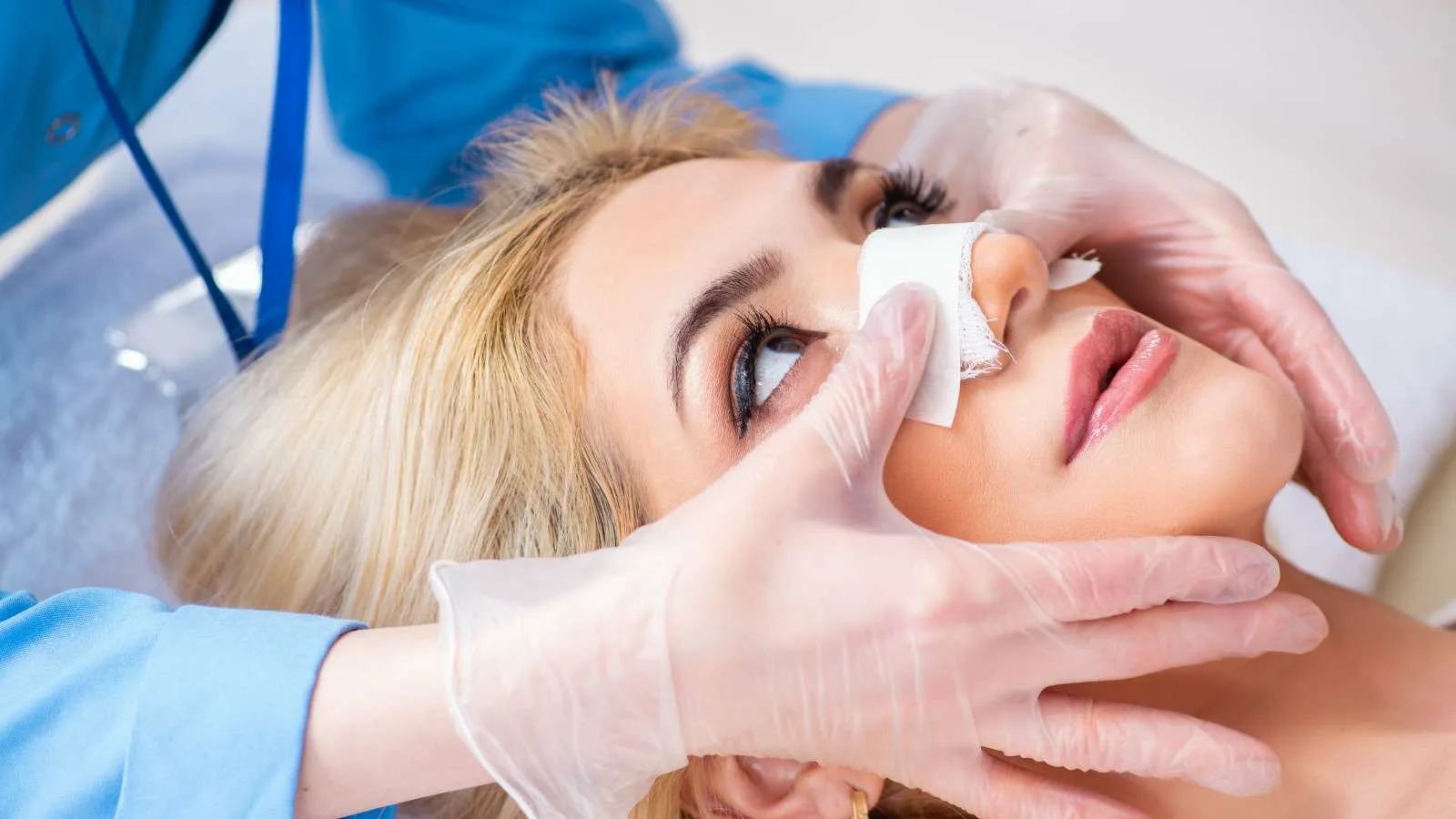The most common plastic surgeries in the world include breast augmentation, liposuction, eyelid surgery, rhinoplasty, and tummy tuck. These procedures dominate global statistics for both aesthetic and functional improvements.
Breast augmentation remains the leading cosmetic procedure worldwide. Women seek implants or fat transfer to enhance breast size, improve symmetry, or restore volume lost after pregnancy or aging.
Liposuction and tummy tuck are also highly popular. Liposuction targets stubborn fat deposits, while tummy tuck addresses muscle separation and loose abdominal skin, providing a firmer and contoured shape.
Facial procedures such as eyelid surgery and rhinoplasty are frequently performed. They rejuvenate facial appearance, correct structural issues, and improve breathing function in certain cases, offering both aesthetic and health benefits.
The Leading Countries for Aesthetic Surgeries Worldwide
When thinking about global aesthetic procedures, the United States, Brazil, and South Korea commonly top the lists. Each country has unique factors that sustain a high volume of cosmetic surgeries, from population size and economic capacity to cultural attitudes and medical tourism:
- United States: With a large population, extensive disposable income, and cutting-edge medical facilities, the U.S. has long led the way. A widespread network of experienced surgeons offers procedures like liposuction, breast augmentation, facelifts, and rhinoplasties, meeting stringent safety and comfort standards. Emphasis on personal appearance—fueled by social media and the “be your best self” mentality—helps keep demand strong.
- Brazil: Often ranked second globally in total procedures—sometimes even matching the U.S. in certain surveys—Brazil’s vibrant “body culture” encourages acceptance of cosmetic surgery. Beach lifestyles, affordability of treatments, and strong expertise in plastic surgery contribute to its robust market. International patients also flock there, making Rio de Janeiro and São Paulo hubs of medical tourism.
- South Korea: Known for its “highest aesthetic surgery per capita” rate, South Korea boasts advanced medical technology and a cultural openness toward surgical enhancements. Seul, considered an “aesthetic surgery capital,” excels in procedures like double-eyelid surgery, V-line jaw contouring, and skin rejuvenation. K-pop influences and normalized beauty ideals have contributed to early adoption of both surgical and minimally invasive cosmetic interventions.
Other countries high on the aesthetic surgery list include Japan and China, where growing economic prosperity, social media influences, and societal interest in beauty drive the market. Countries like Argentina also show high cosmetic-surgery rates per capita but, due to smaller populations, do not rank at the top in absolute numbers. Nevertheless, cultural and economic factors ensure a thriving local demand.
Why Is Breast Augmentation Still So Popular?
Though breast augmentation has slipped to second place behind liposuction, it remains an immensely sought-after procedure, largely due to the following:
- Enhancing Proportions and Self-Confidence: Augmentation can restore balance to one’s figure, particularly after weight fluctuations or pregnancy. For individuals desiring a certain silhouette—be it subtle or pronounced—breast implants often provide a reliable solution.
- Advancements in Implant Technology: Modern implants with cohesive silicone gel (commonly called “gummy bear”) offer a natural look and feel. Improvements in implant shells and shapes have reduced complications such as capsular contracture and rippling, boosting overall patient satisfaction.
- Reconstructive and Cosmetic Overlap: Beyond purely cosmetic goals, implants are frequently used in breast cancer reconstruction, further underscoring their medical significance.
- Combination Surgeries: “Mommy makeover” procedures often include breast augmentation alongside abdominoplasty or liposuction, allowing mothers to address multiple concerns at once.
Technological innovations, cultural acceptance, and social-media visibility have collectively solidified breast augmentation’s place as a staple in cosmetic surgery.
Where Does Rhinoplasty Stand in Global Rankings?
Rhinoplasty, commonly referred to as “nose job,” consistently ranks among the top five aesthetic surgeries worldwide. The nose’s central position on the face makes its shape critical to facial harmony; corrections for issues like humps, wide tips, or asymmetry are thus very popular. Moreover, rhinoplasty can address breathing difficulties, providing both cosmetic and functional benefits in a single procedure.
- Technological Progress: Techniques such as ultrasonic (piezo) rhinoplasty reduce trauma, resulting in fewer bruises and a more comfortable recovery.
- Cultural Influences: Each region’s beauty norms dictate the specifics; for example, in the Middle East, a refined dorsal line is preferred, while in Asia, a higher nasal bridge might be in demand.
- Functional Improvements: Correcting a deviated septum or internal nasal valve can enhance breathing, making rhinoplasty an appealing option for health as well as aesthetics.
Rhinoplasty’s popularity extends to male patients as well, with many seeking modest, natural modifications rather than overt changes. The widespread coverage of before-and-after transformations on social media further fuels demand, especially among younger demographics.
Why Is Eyelid Surgery (Blepharoplasty) in Such High Demand?
Blepharoplasty, or eyelid surgery, addresses sagging, puffy, or drooping upper and lower eyelids. It’s a highly popular procedure for both cosmetic rejuvenation and functional enhancement (e.g., improving vision obstructed by excess eyelid skin). The delicate eye area ages quickly due to thin skin, leading to a tired or aged appearance. Blepharoplasty removes surplus tissue, reshaping the eyelid for a younger, more alert look.
- Quick Recovery, Significant Impact: Eyelid surgeries can often be performed under local anesthesia, with comparatively minor downtime.
- Combination with Other Procedures: Blepharoplasty may be paired with brow lifts, facelifts, or skin rejuvenation treatments, offering comprehensive facial refreshing.
- Popular in East Asia: Double-eyelid surgery is common in countries like South Korea and Japan, reflecting cultural aesthetics and practicality (e.g., decreasing eye strain).
Why Is Abdominoplasty (Tummy Tuck) Highly Demanded?
Tummy tuck surgery (abdominoplasty) is a prominent body-contouring operation that removes excess skin and fat from the abdominal region. Often chosen after significant weight loss or pregnancy, it tightens weakened abdominal muscles and reshapes the midsection, improving posture and reducing back discomfort. The growing “mommy makeover” trend commonly includes abdominoplasty combined with breast or liposuction procedures for holistic reshaping.
- Functional and Aesthetic Benefits: Correcting diastasis recti (separated abdominal muscles) can strengthen the core, alleviating lower-back pain while flattening the belly.
- Versatile Techniques: Mini-abdominoplasty, drainless techniques, or combining with liposuction enable customizing procedures to patient needs.
- Significant Post-Weight-Loss Demand: Individuals who’ve shed large amounts of weight may end up with redundant abdominal skin, making a tummy tuck an excellent final step in their transformation.
How Is Facelift Viewed Among Anti-Aging Surgeries?
The facelift (rhytidectomy) is a staple of anti-aging procedures. By lifting sagging tissues in the mid and lower face, it creates a more youthful contour. Recent techniques emphasize repositioning the deeper layers (e.g., SMAS or “deep-plane” methods) instead of merely tightening the skin’s surface, which yields a more natural and longer-lasting outcome.
- Synergy with Other Face Surgeries: Facelifts are often performed alongside neck lifts, eyelid surgeries, or brow lifts for a comprehensive result.
- Modern Refinements: Piezo surgery, endoscopic assistance, and updated incision approaches minimize scarring and shorten downtime.
- Remaining the “Gold Standard”: While non-invasive treatments (botox, fillers, threading) cater to mild sagging, a facelift offers a longer-lasting fix for moderate to severe skin laxity.
Are Non-Surgical Techniques Replacing Traditional Surgeries?
Non-surgical procedures—like Botox, fillers, laser, and radiofrequency—have gained mainstream traction due to minimal downtime, relative affordability, and ease of “quick fixes.” They excel at treating early signs of aging, subtle volume deficits, and mild contour irregularities. Yet for advanced sagging, redundant skin, or substantial corrections, surgery remains the definitive approach.
- Short-Term vs. Long-Term Effects: Botox typically lasts 3–6 months, and fillers 6–24 months, whereas surgical outcomes can persist for years.
- Progressive Approach: Some patients opt for non-invasive methods first, postponing surgery until they need more dramatic transformations.
What About Safety Concerns in Aesthetic Surgery?
No aesthetic procedure is entirely free from complications. From liposuction’s potential for bleeding or fat embolism to breast augmentation’s implant-related risks (like capsular contracture or rare lymphomas), all operations require careful presurgical screening. Minimizing risks involves thorough lab work, imaging, and sometimes specialist approvals for patients with preexisting conditions. Furthermore, psychological well-being matters—unrealistic expectations or body dysmorphic disorder can undermine satisfaction, making candid discussions with a qualified surgeon essential.
How Do Gender Trends Shape Cosmetic Surgery Choices?
Although historically women have been the majority of patients, male interest in plastic surgery is rapidly growing. Men often seek liposuction, rhinoplasty, and eyelid surgery, along with hair transplants, to maintain a youthful, confident edge. On the other hand, women remain more likely to pursue procedures like breast augmentation, tummy tucks, and various combination surgeries.
- Shifting Social Norms: Men embracing aesthetic enhancements reflect evolving beauty standards and diminishing stigmas.
- Different Aesthetic Goals: Men typically want to maintain a “masculine” look (such as a stronger jawline or subtle nose refinements), while women often seek more volume or contour changes.
Cost’s Role in Global Aesthetic Surgery Popularity
Cost significantly influences accessibility and popularity of cosmetic procedures. Countries offering a blend of high-quality medical services with lower operating costs (e.g., Brazil, Turkey, Thailand, Mexico) attract international patients. Conversely, places like the United States remain expensive but continue to top global rankings due to extensive medical infrastructure, higher income levels, and strong social demand.
- Medical Tourism: Affordable and reputable clinics can entice patients to travel abroad for surgery, sometimes packaged with vacation plans.
- Within a Single City: Even local price variations can be substantial based on factors like the surgeon’s experience, the hospital’s amenities, and the standard of postoperative care.
- Combining Procedures: Undergoing multiple procedures in one go (e.g., mommy makeover) can reduce overall costs and anesthesia exposure, but also raises complexity and requires thorough medical evaluation.
How Has Technology Transformed Aesthetic Surgery Trends?
Technological advancements have significantly reshaped cosmetic surgery by improving both outcomes and patient experiences:
- 3D Imaging & Simulation: Tools that create precise virtual models let patients preview potential results, honing expectations.
- Robotic & Laser Systems: Heightened surgical precision leads to reduced tissue trauma and quicker recovery, as seen with ultrasonic nose reshaping or CO2 laser skin resurfacing.
- AI and Personalized Approaches: Artificial intelligence helps analyze medical histories, predict complication risks, and tailor interventions to individual anatomy.
- Energy-Based and Minimally Invasive Devices: Radiofrequency, cryolipolysis, and high-intensity focused ultrasound (HIFU) offer patients less invasive yet effective solutions for fat reduction or skin tightening.
Future Trends in the Aesthetic Surgery Market
As lifestyles shift and emerging technologies flourish, the following trends are set to shape tomorrow’s cosmetic landscape:
- Early Preventive Treatments: Younger demographics increasingly use procedures such as “baby Botox” or mild fillers to forestall deeper wrinkles and aging changes, bridging the gap before surgical intervention becomes necessary.
- 3D Printing & Stem Cells: Customized implants, innovative tissue engineering solutions, and regenerative medicine promise even more natural outcomes and fewer complications.
- Holistic “Wellness” Approaches: Patients increasingly integrate aesthetic treatments with healthy lifestyles, seeing cosmetic surgery as part of an overall strategy rather than an isolated quick fix.
- AR/VR and Telemedicine: From realistic pre-surgery previews using augmented/virtual reality to remote follow-up consultations, digital technologies will further optimize patient engagement and care.
In conclusion, the aesthetic surgery landscape is dynamic—liposuction presently leads in popularity, breast augmentation remains evergreen, and rhinoplasty, blepharoplasty, and tummy tucks continue to be top requests worldwide. Meanwhile, non-surgical options are gaining traction, offering a broader patient base accessible, less invasive enhancements. As technology advances, so do patient expectations for more personalized, safe, and holistic approaches. Consequently, the future of aesthetic surgery will likely balance cutting-edge medical developments with an ever-evolving cultural perspective on beauty and wellness.
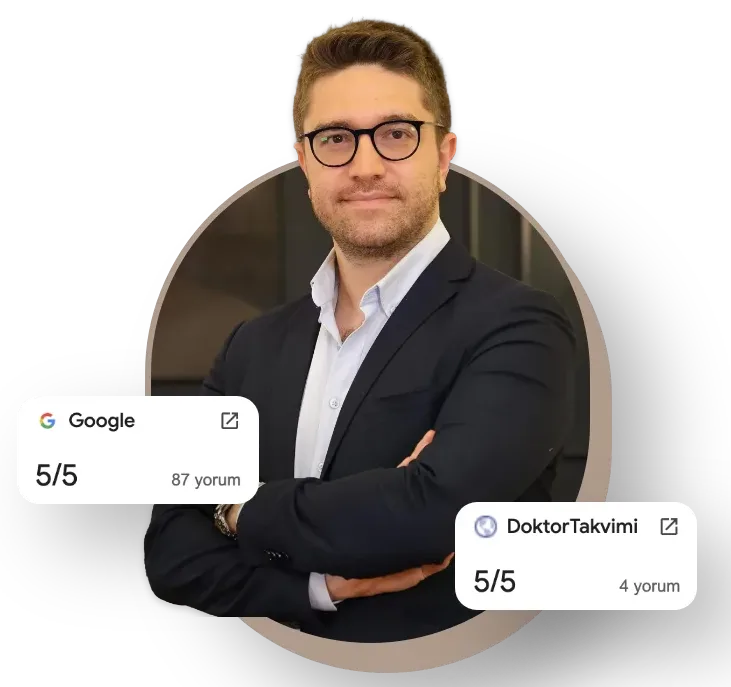
Op. Dr. Erman Ak is an internationally experienced specialist known for facial, breast, and body contouring surgeries in the field of aesthetic surgery. With his natural result–oriented surgical philosophy, modern techniques, and artistic vision, he is among the leading names in aesthetic surgery in Türkiye. A graduate of Hacettepe University Faculty of Medicine, Dr. Ak completed his residency at the Istanbul University Çapa Faculty of Medicine, Department of Plastic, Reconstructive and Aesthetic Surgery.
During his training, he received advanced microsurgery education from Prof. Dr. Fu Chan Wei at the Taiwan Chang Gung Memorial Hospital and was awarded the European Aesthetic Plastic Surgery Qualification by the European Board of Plastic Surgery (EBOPRAS). He also conducted advanced studies on facial and breast aesthetics as an ISAPS fellow at the Villa Bella Clinic (Italy) with Prof. Dr. Giovanni and Chiara Botti.
Op. Dr. Erman Ak approaches aesthetic surgery as a personalized art, tailoring each patient’s treatment according to facial proportions, skin structure, and natural aesthetic harmony. His expertise includes deep-plane face and neck lift, lip lift, buccal fat removal (bichectomy), breast augmentation and lifting, abdominoplasty, liposuction, BBL, and mommy makeover. He currently provides safe, natural, and holistic aesthetic treatments using modern techniques in his private clinic in Istanbul.

